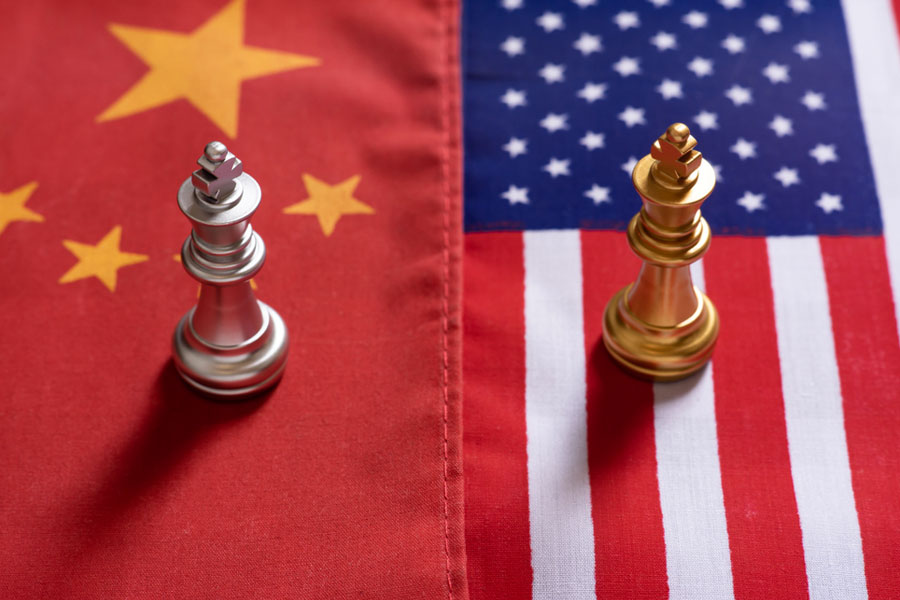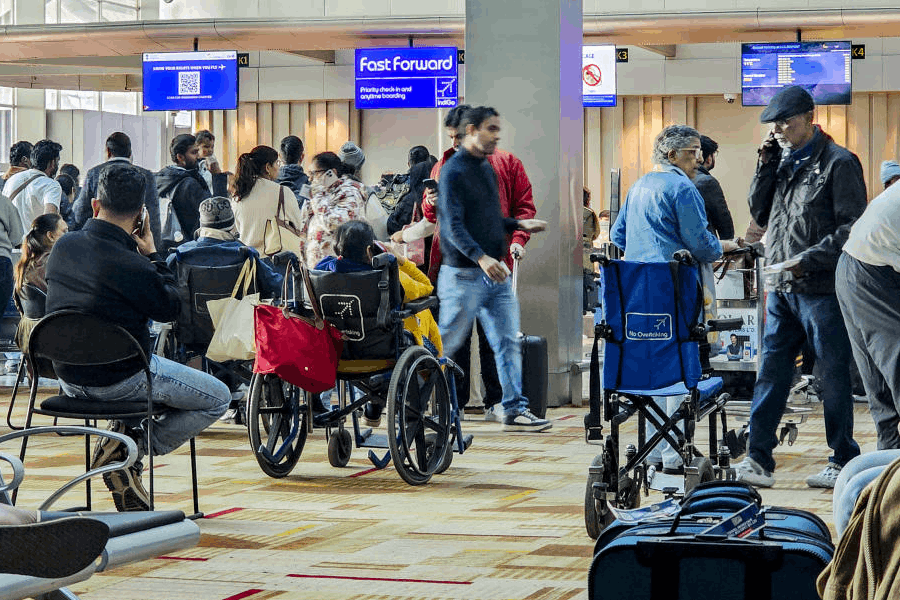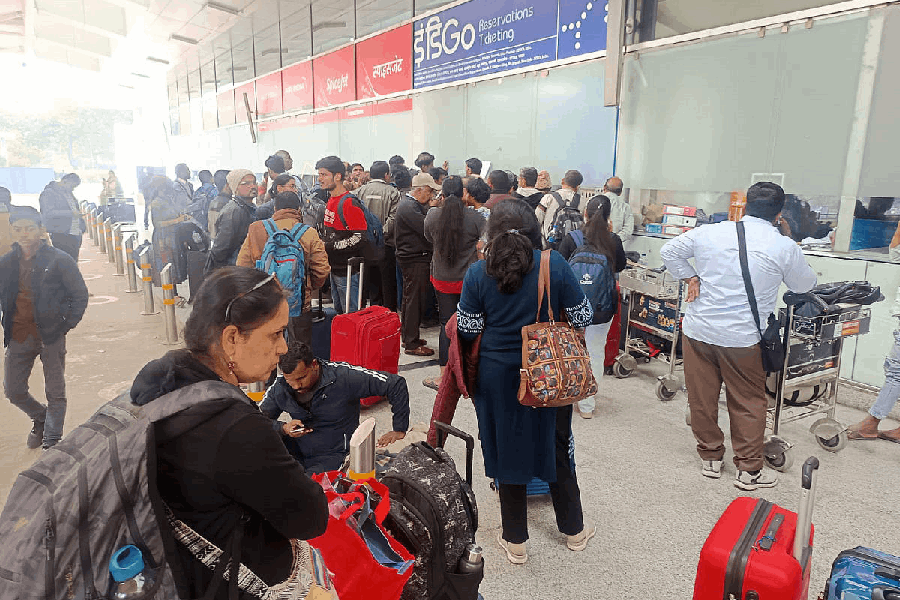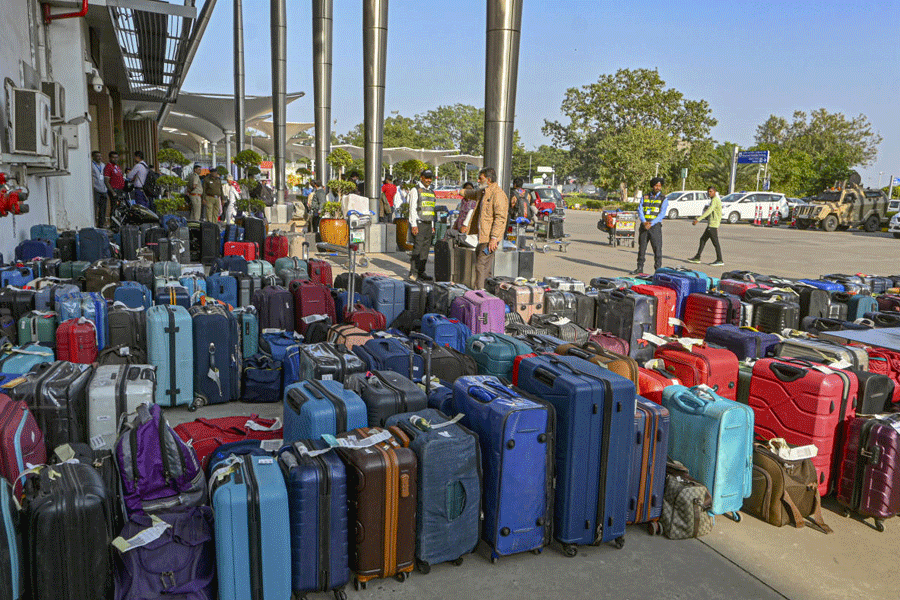President Donald Trump taunted China in his first term, claiming his tariffs had led to the loss of 5 million jobs there. In a 2019 tweet, he said his trade policies had put China “back on its heels.”
Economists sharply disputed how much pain Trump’s tariffs caused, but the message underscored the centrality of jobs to China’s export-reliant economy.
Four months into Trump’s second term, the United States and China are again negotiating over tariffs, and the Chinese labor market, especially factory jobs, is front and center. This time, China’s economy is struggling, leaving its workers more vulnerable. A persistent property slowdown that got worse during the COVID-19 pandemic has wiped out jobs and made people feel poorer. New university graduates are pouring into the labor pool at a time when the unemployment rate among young workers is in the double digits.
“The situation is clearly much worse,” said Alicia Garcia-Herrero, chief economist for the Asia-Pacific region at the investment bank Natixis.
As employment opportunities in other sectors disappear, she said, the importance of preserving China’s 100 million manufacturing jobs has grown.
This month, Chinese and U.S. officials agreed to temporarily reduce the punishing tariffs they had imposed on each other while they tried to avert a return to an all-out trade war that would threaten to undermine both economies.
In a research report, Natixis said that if U.S. tariffs stayed at their current levels of at least 30%, exports to the United States would fall by half, resulting in a loss of up to 6 million manufacturing jobs. If the trade war resumes again in full, the job losses could surge to 9 million.
China’s economy has struggled to recover from the pandemic, expanding more slowly than in the years of Trump’s first term, when growth was more than 6% a year. Although the Chinese government has said it is targeting growth of around 5% this year, many economists have predicted that the actual figure will not reach those levels.
In early 2018, China said its urban jobless rate had fallen to 15-year lows and the country had created a record number of new jobs. Since then, government crackdowns and tighter regulations have subdued industries like technology and online education — once-thriving sectors that created heaps of new jobs.
Over those years, unemployment climbed especially among young people. The jobless rate among 16-to-24-year-olds was 15.8% in April, an improvement from the previous month. However, the figure is expected to surge again when 12 million new college graduates join the workforce this year.
In 2023, when youth unemployment figures reached a record 21.3%, the Chinese government suspended the release of the figures. At the time, one prominent economist claimed that the actual figure was closer to 50%. China started distributing the figures again last year with a new methodology that lowered the jobless rate.
At the same time, even those with jobs are in a more precarious position. Fewer companies are offering full-time employment, turning instead to gig workers for services like food delivery and manufacturing. While those jobs offer workers more flexibility, they usually pay less and provide few job protections or benefits.
The United States, for its part, has its own liabilities. American industry is deeply dependent on rare earth metals and critical minerals controlled largely by China, while a halt in Chinese goods heightens inflation risk and could contribute to disruptive product shortages.
If the negotiations boil down to which country is able to withstand more economic hardship, China has an advantage in “trade war endurance,” said Diana Choyleva, chief economist at Enodo Economics, a London research firm focused on China. China can tamp down discontent over labor market shocks more readily than U.S. politicians can withstand anger over empty store shelves, she said.
According to official data, in April, before the United States and China agreed to suspend the heaviest tariffs, new export orders from China fell to their lowest level since 2022. Even over a one-month period, the sky-high tariffs took a toll on employment.
In Guangzhou, the center of China’s garment industry, businesses had closed as orders from foreign buyers dropped before the ultrahigh tariffs were paused. Many said the drop in orders forced them to hire fewer workers.
Jane Hu, an office worker in Shanghai, said she lost her job last month, not because of Trump’s tariffs, but from China’s countermeasure to raise duties on U.S. imports to 125%.
She said her former employer, a construction equipment company that had depended on bringing machinery into China from the United States, could not afford the tariffs, which more than doubled the costs of imports.
This compounded problems the business was already facing because of the property slowdown. Sales declined about 40%, making layoffs unavoidable.
At 33, Hu is worried she has too much experience for entry-level positions. Many companies are hesitant to hire women like her who are married without children because they do not want to have to potentially cover the cost of parental leave, she said. Women in her age group have a saying, she said: “We are old and expensive. Why would any company choose us?”
She said she had landed only two job interviews. To bring in additional income, Hu started driving occasionally for ride-hailing services.
In late April, Yu Jiadong, a top official at China’s Ministry of Human Resources and Social Security, said the government had prepared a number of measures to keep employment stable, especially for Chinese exporters. He said China would help companies keep their workers, and he encouraged entrepreneurship for the unemployed.
With so much at stake, sensitivities around employment are heightened. One factory owner in southern China, who asked not to be identified, said he had planned to lay off staff but held off when customers rushed to fill orders after the tariff truce. A government official had told him that if he needed to cut his workforce, he should do so properly and quietly to avoid creating a stir.
Factory owners who employ salaried workers are required by law to compensate them in a layoff, said Han Dongfang, the founder of China Labor Bulletin, which tracks factory closures and worker protests. Usually, they are required to pay one month’s salary for every year of employment, making layoffs such an expensive prospect that some factories close down without notice, and the owners disappear.
Employment activity outside the manufacturing sector has contracted for more than two years, according to a monthly survey of industrial firms. The trade war has made firms more wary, adding another concerning factor for job-seeking college graduates.
“The current job market is much worse than before,” said Laura Wang, 23, a graduate student studying accounting in Chongqing. Wang said that more than 80% of her classmates were struggling to find jobs.
She said the market was especially rough for students in finance and accounting. The few jobs and internships that are available have significantly higher requirements. The tariff-related upheaval has left businesses unlikely to take a chance on someone without a proven track record.
“There are a lot of uncertainties,” Wang said. “For fresh graduates with no experience like me, the impact is even greater.”
New York Times News Service










